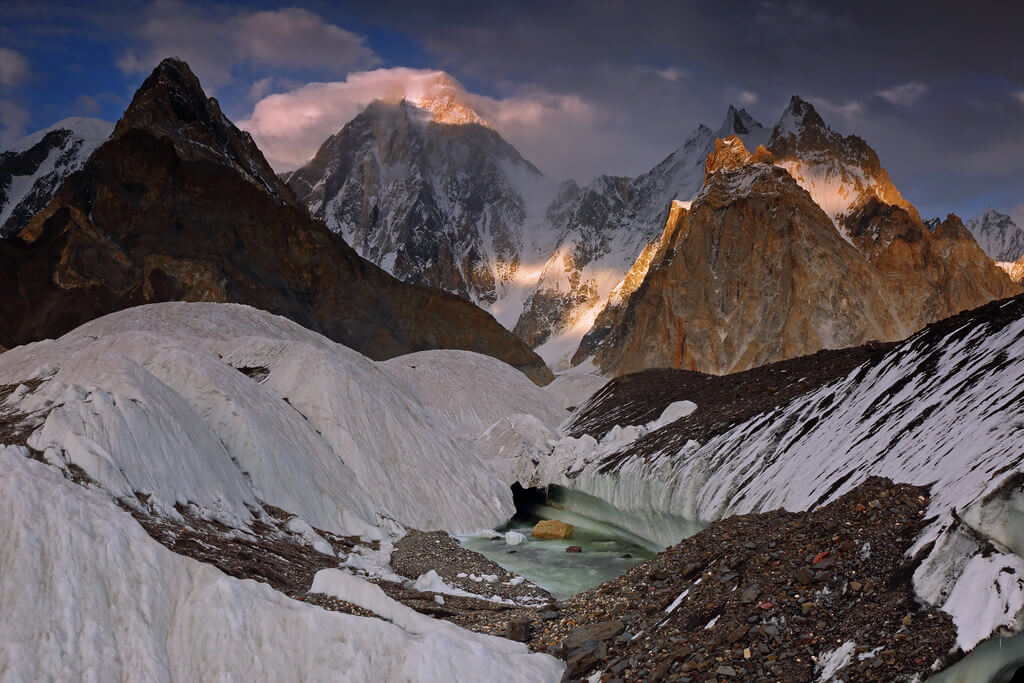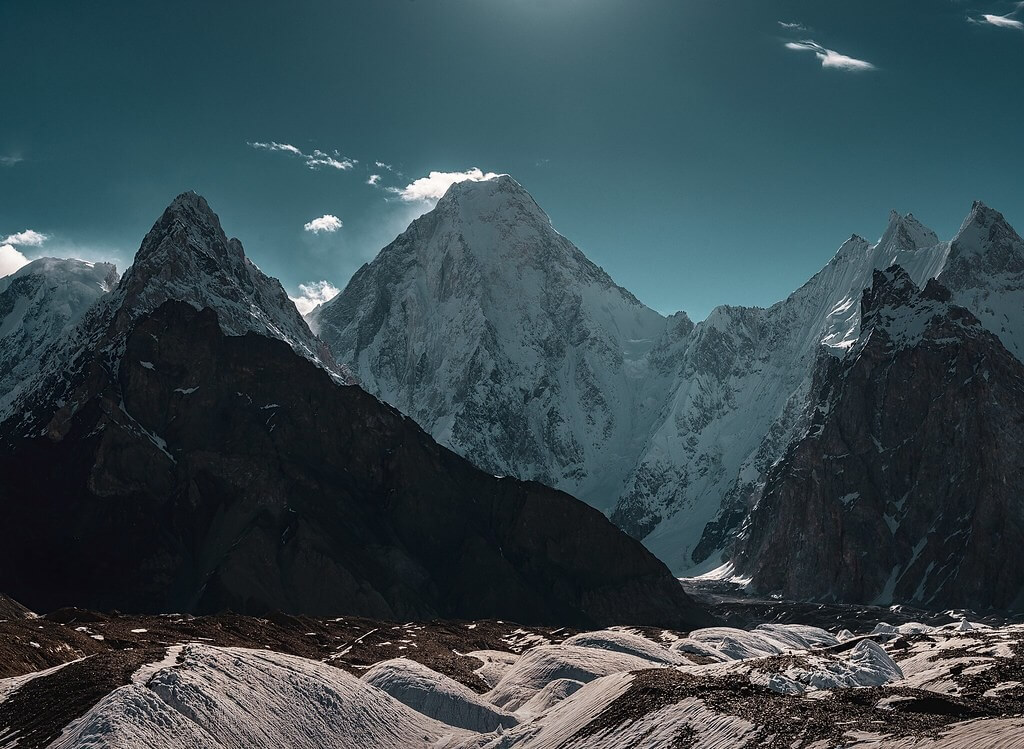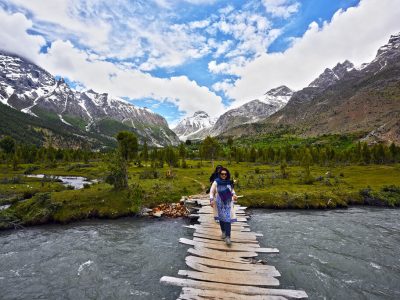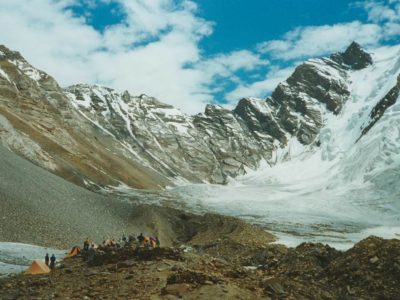Gasherbrum IV Expedition
The Gasherbrum IV Expedition is a challenging and ambitious mountaineering expedition centered on conquering Gasherbrum IV, a spectacular peak in the Gasherbrum Massif. The Gasherbrum Massif is famous for having three of the world's highest 8,000-meter peaks, with Gasherbrum IV standing tall at 7,925 meters (26,001 feet). This mountain is the 17th highest peak in the world, the 7th highest in Pakistan, and the 6th highest in the Gasherbrum Massif. Its proximity to the Baltoro Glacier in Pakistan's Gilgit-Baltistan area adds to its attraction.
Trip Highlights
Highlights
- Competitive pricing for a seven thousander summit in Pakistan's untamed mountains
- Field office and permanent personnel for logistics to and from the mountain
- Itinerary based on our mountain guide's indigenous knowledge and extensive experience
- Stunning mountain views during the expedition
- Silkroad Guides is a fully authorized indigenous adventure company.
- Our Pakistani high-altitude climber (s) (HAC) generally guides fixed departures.
- Private groups are always a key priority for us.
- We provide guided adventures as well as non-guided (alpine style) climbing.
- We provide "base camp services" as well as "full board services."
- Nepalese Sherpas are accessible on short notice (at least 6 months before arriving in Pakistan).
- The following are examples: High Altitude Support is provided at an additional cost.
a. Pakistani High Altitude Porter (HAP) - Will transport personal equipment weighing up to 20 kg between camps.
b. Nepalese Private Sherpa (personal guide/porter) - Carries up to 20 kg (44 lbs) of your personal kit, climbs with you, melts water, cooks, and will be with you at all times.
c. Personal equipment transportation – Sherpas transport up to 10kg (22 lbs) of personal equipment up and down the mountain between camps.
Holiday Overview
The name "Gasherbrum" is derived from the native Balti language, where "Gasher" means "beauty" and "Brum" means "mountain." This name is an appropriate tribute to the mountain's breathtaking west face, often known as the 'shining wall.' When renowned explorer Francis Younghusband travelled into the region in 1889, he brought Gasherbrum IV to the world's attention. Several efforts were attempted to reach the summit after that, but it wasn't until 1958 that climbers accomplished this astounding feat.
An Italian Expedition led by Carlo Mauri and Walter Bonatti made the first successful ascent of Gasherbrum IV in 1958. Their voyage was fraught with peril, including navigating a blizzard and spending the night at an altitude of 7,700 metres before successfully returning to base camp.
The Gasherbrum IV Expedition necessitates not only strong climbing skills but also the capacity to deal with the climb's technical complexities and the progressively harsh weather conditions as elevation increases. It is commonly recognised as one of the most difficult climbs in the world, with unrelenting granite walls and several objective risks. Climbers on this expedition encounter difficult challenges on their way to the peak. Many climbers have failed to reach their goals on the peak, and some have died in the process. The exceptional difficulty of the trek, however, is only rivalled by the magnificent beauty and attractiveness of the peak itself, making it an irresistible goal for mountaineers from all over the world.
The top can be reached by two distinct paths. One route goes through the Gondogoro Pass, while the other starts in Askole. The Askole route is frequently preferred for its acclimatisation benefits, while climbers take the Gondogoro Pass, located at a height of around 5,600 metres, on their return journey.
The Gasherbrum IV Expedition encompasses the pinnacle of mountaineering challenges and adventure, drawing people who are drawn not just to the excitement of climbing but also to the mountain's mesmerising magnificence.




